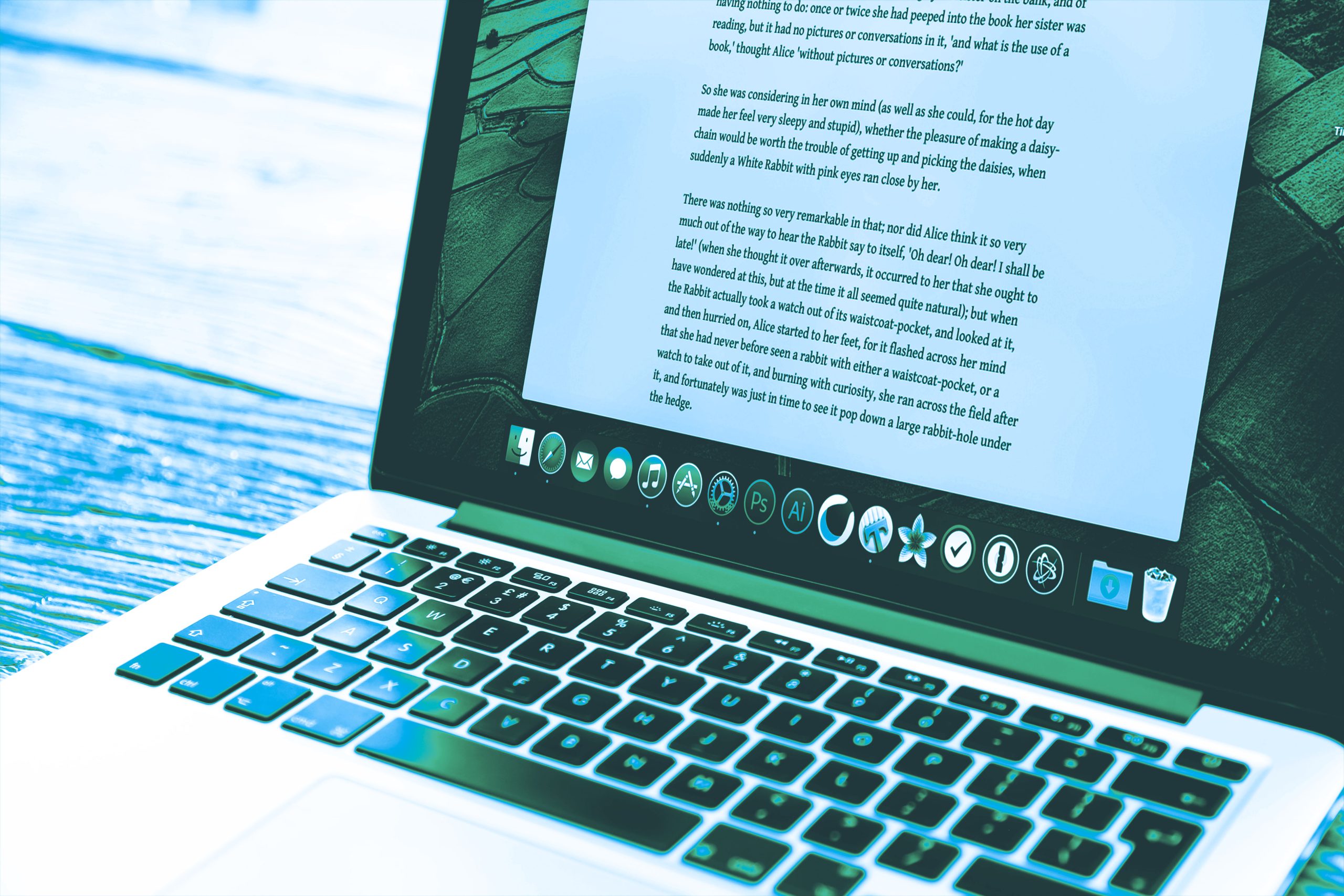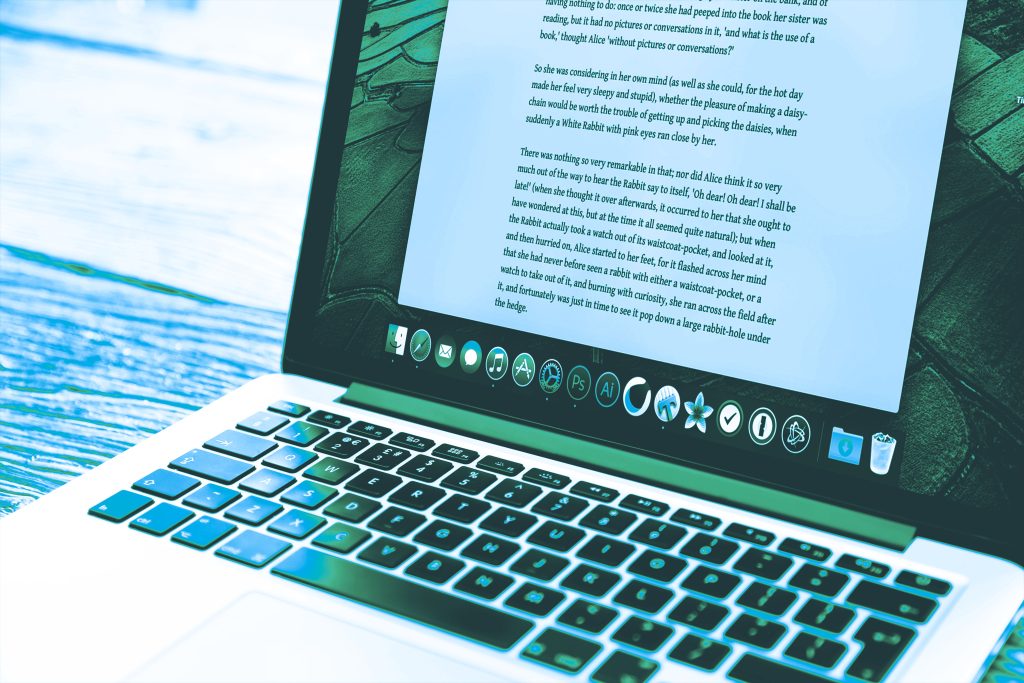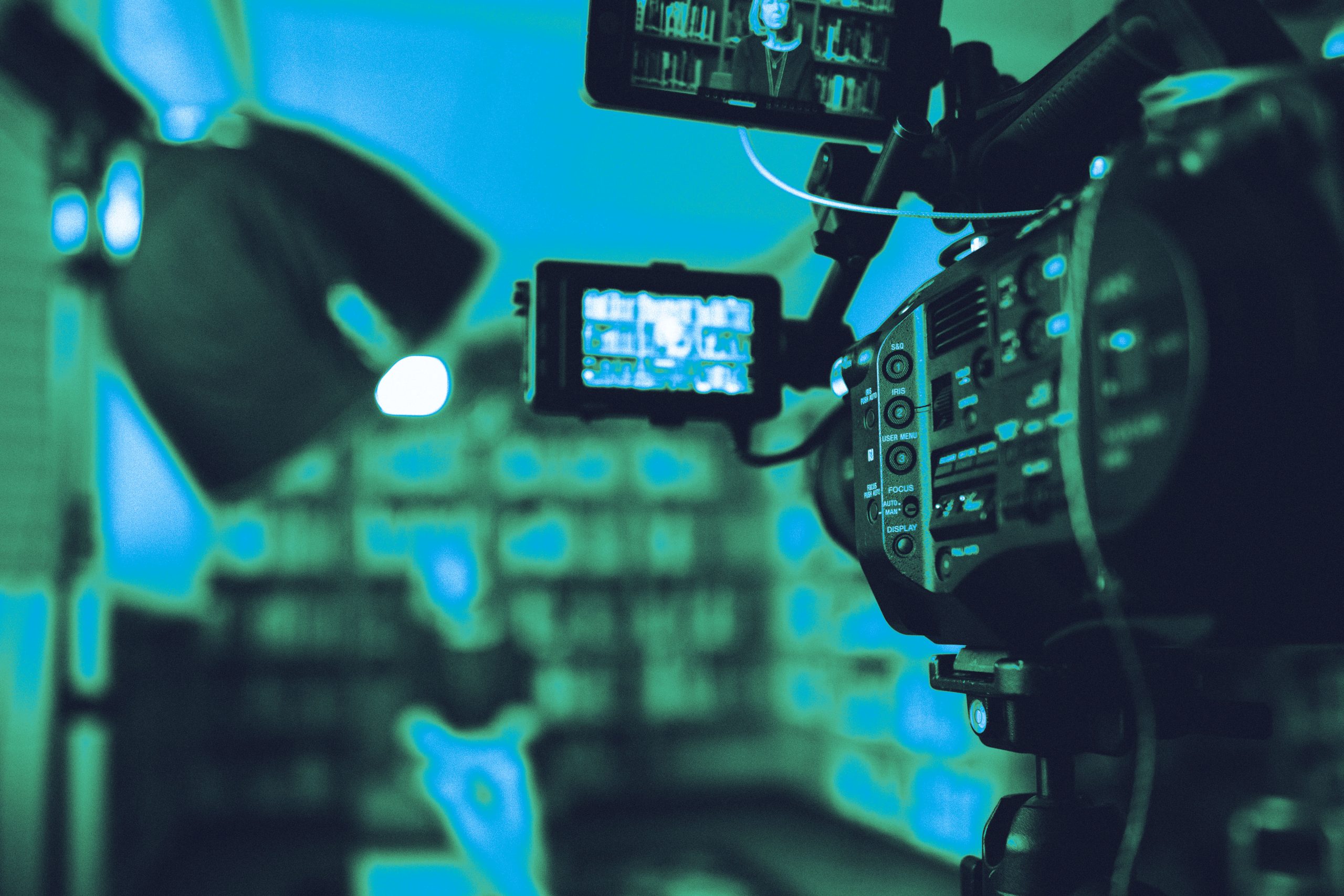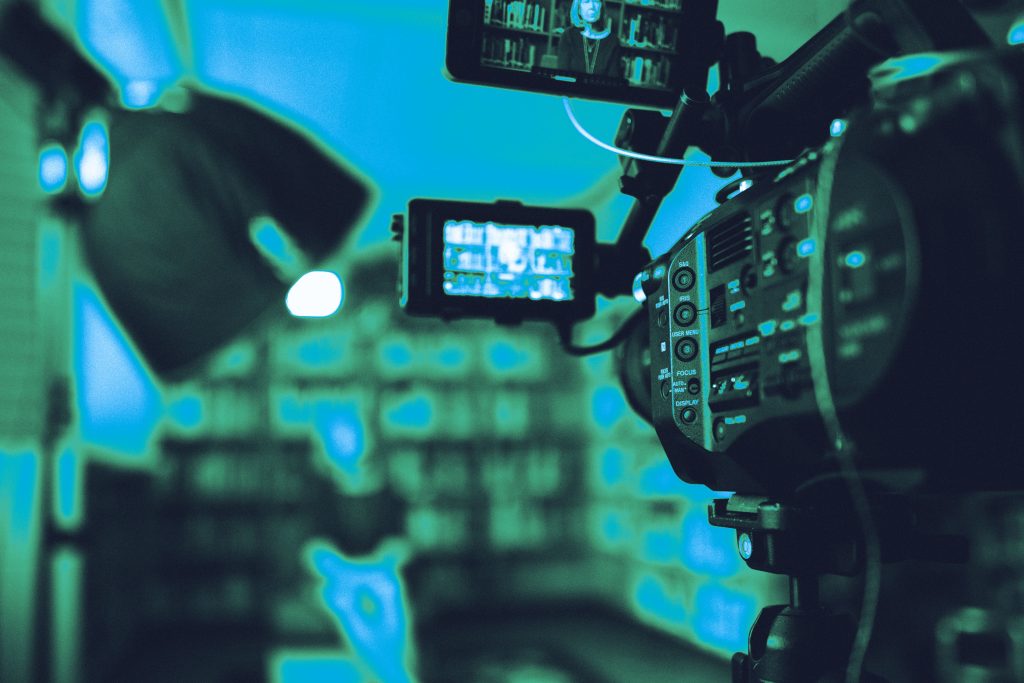With the rise of on-satellite data processing technology, satellite imagery is becoming increasingly accessible. On Episode 15 of The Satellite & NewSpace Matters Podcast we were joined by Jakub Dziwisz, CEO and founder of Orbify, to talk about Orbify’s platform and the marketplace for Earth intelligence applications. Jakub’s background is in software engineering, giving him some great perspectives into the application of satellite imagery, which he shared with us on the podcast.
“In general, there is a great potential across a variety of vertical threads. Forestry management has some untapped potential. Similarly, when it comes to farming and marine monitoring there is a huge amount of work that could be done. Satellites can also be used to create smart cities and monitor air quality. There are five satellites collecting a lot of useful information about air pollution and air quality at present.
To give you an example, last October I was in San Francisco attending the Geo for Good Conference by Google, and I talked to the person who worked for Copenhagen municipalities on air quality analysis. In Copenhagen they realised that 10% of citizens are dying due to diseases caused by poor air quality, and Copenhagen isn’t one of the most polluted cities. They decided to do something about it to try to revitalise the city, and based on an analysis that was made, they found that certain areas of the city are more polluted. So, they put domes in their parks so that people could spend time outside under those and be shielded from poor air quality. They did the same for bus stops to help people inhale less pollution. At the same time they built playgrounds in cleaner areas to encourage people to congregate there and spend more time in the clean air spots.

That’s a great example of how municipalities and local governments can take advantage of Earth observation to revitalise their city. The downside of the story is that building that analysis took them two months with RBI, whereas that’s something you can do in two hours with current technology. More local governments could take a look at what’s happened in Copenhagen and take actions too.
There is a lot of space for improving how we use data to react to crisis situations and emergency responses. It’s already starting to happen, but I think that there is a lot more scope for development. To go back to the forest monitoring vertical, we can do much more if we build solutions that can be used by citizens to understand what is happening in the environment around them.
I can give you an example from my neighbourhood. I’m living in a relatively green area of Krakow, where one local businessman bought a parcel of land and started doing some weird transformation. He cut all the trees down and brought in some heavy machinery to remove mounds that were over there. He’s devastating the terrain. Now no one is able to stop him. If we gave these observation tools to normal people we could see that something unwelcome is happening in the neighbourhood and stop it before it goes too far. Normal people are just trying to understand what’s happening around them.”
To learn more about what’s happening in the Earth observation sector, tune into The Satellite & NewSpace Matters Podcast here.
We sit down regularly with some of the biggest names in our industry, we dedicate our podcast to the stories of leaders in the technologies industries that bring us closer together. Follow the link here to see some of our latest episodes and don’t forget to subscribe.






